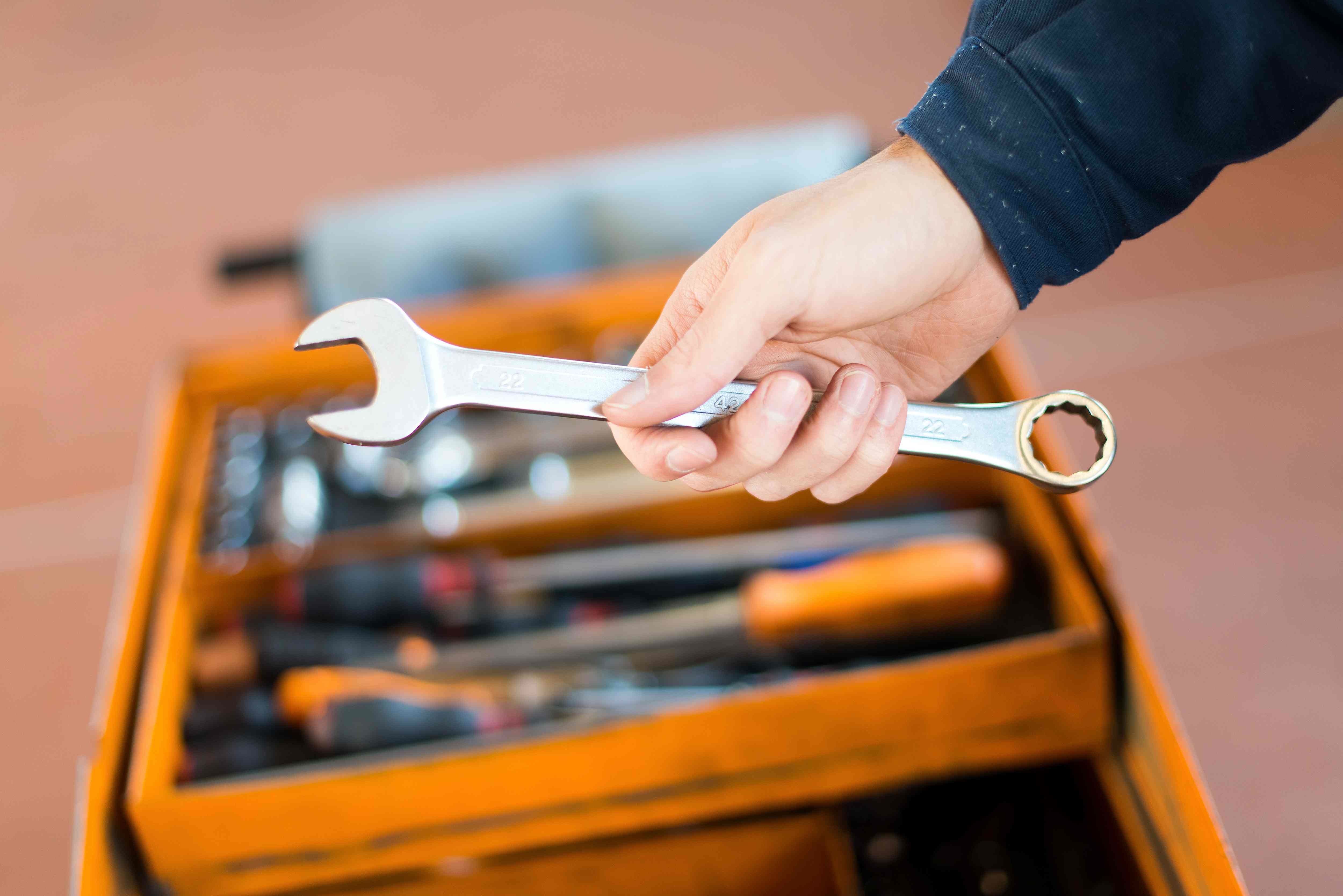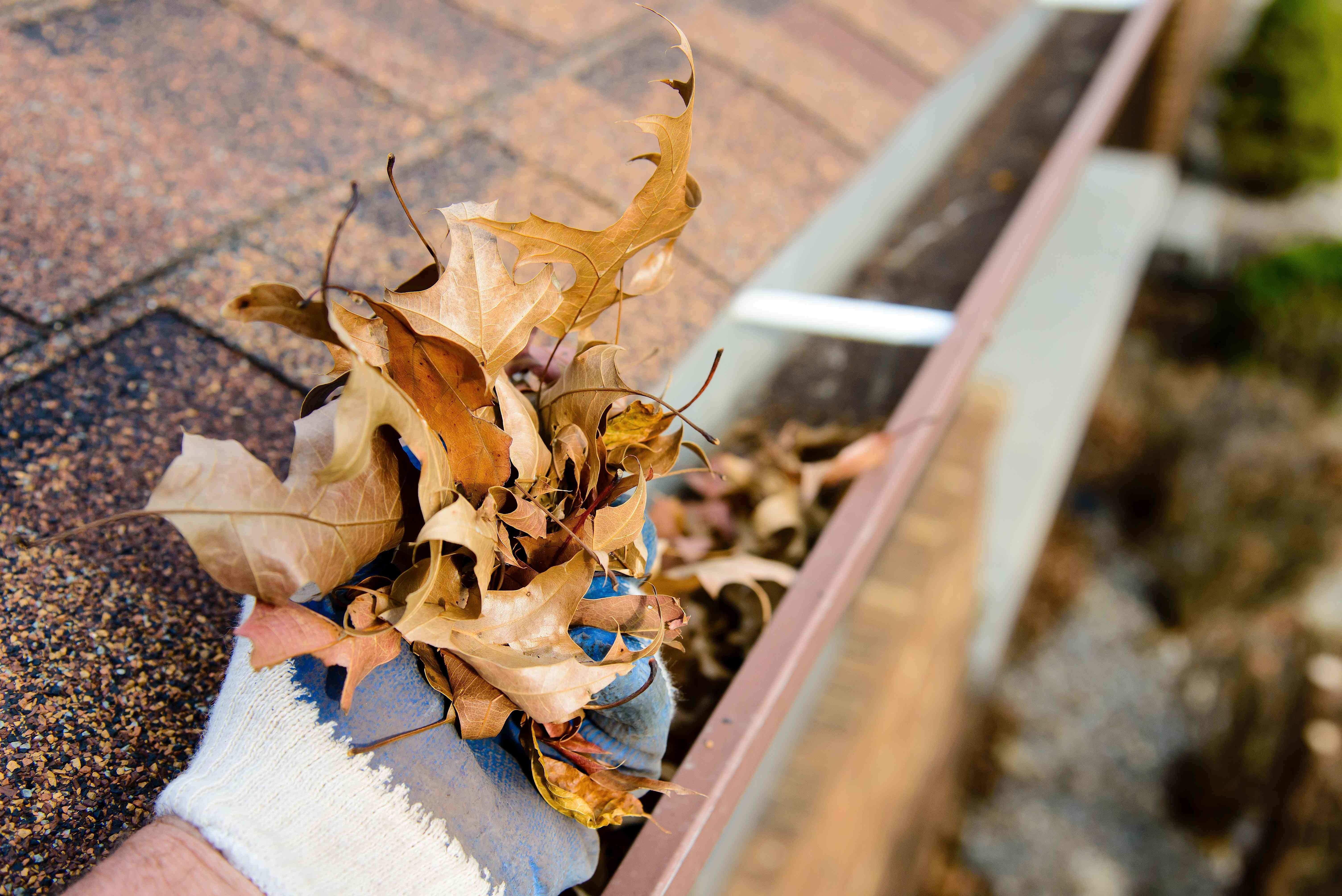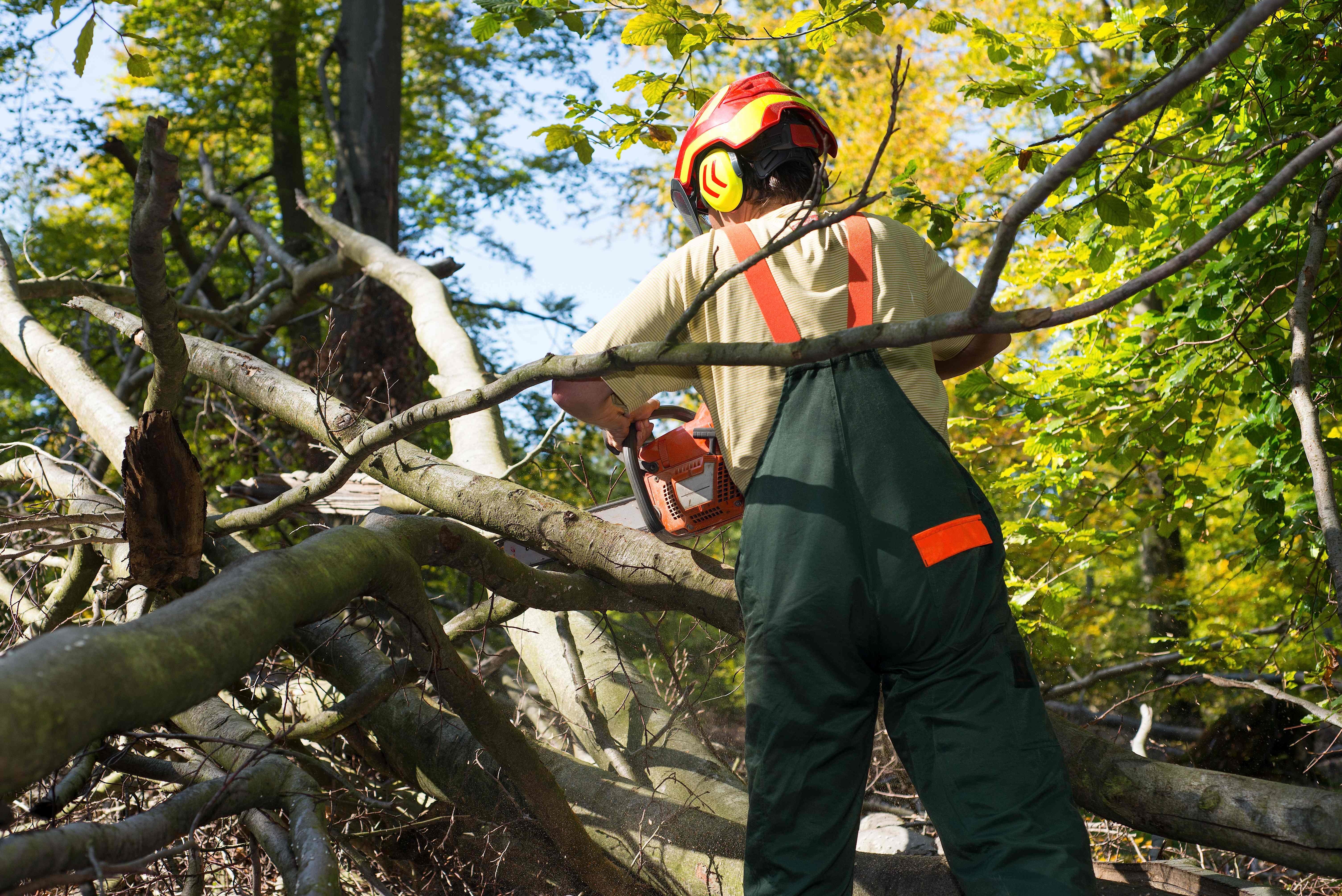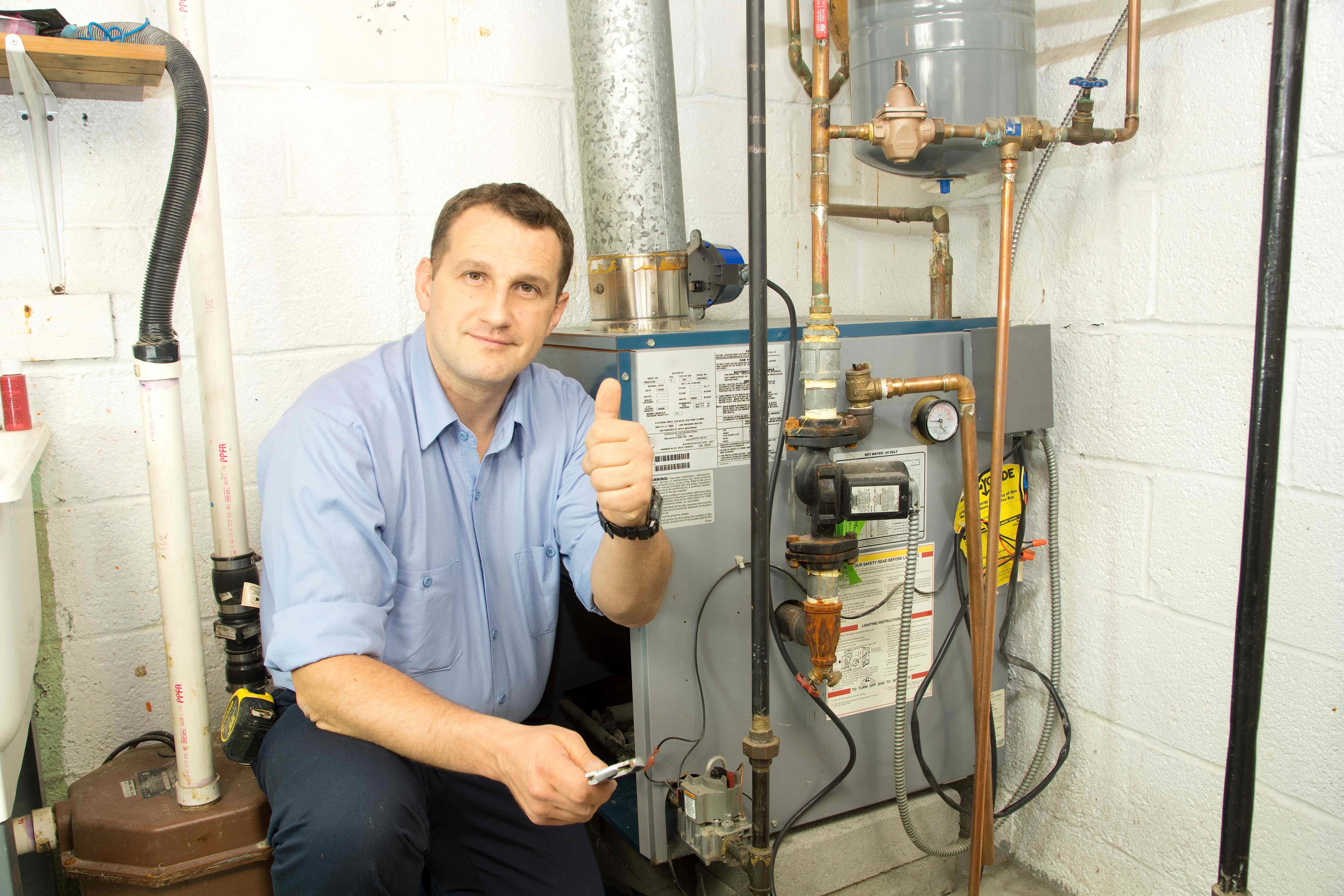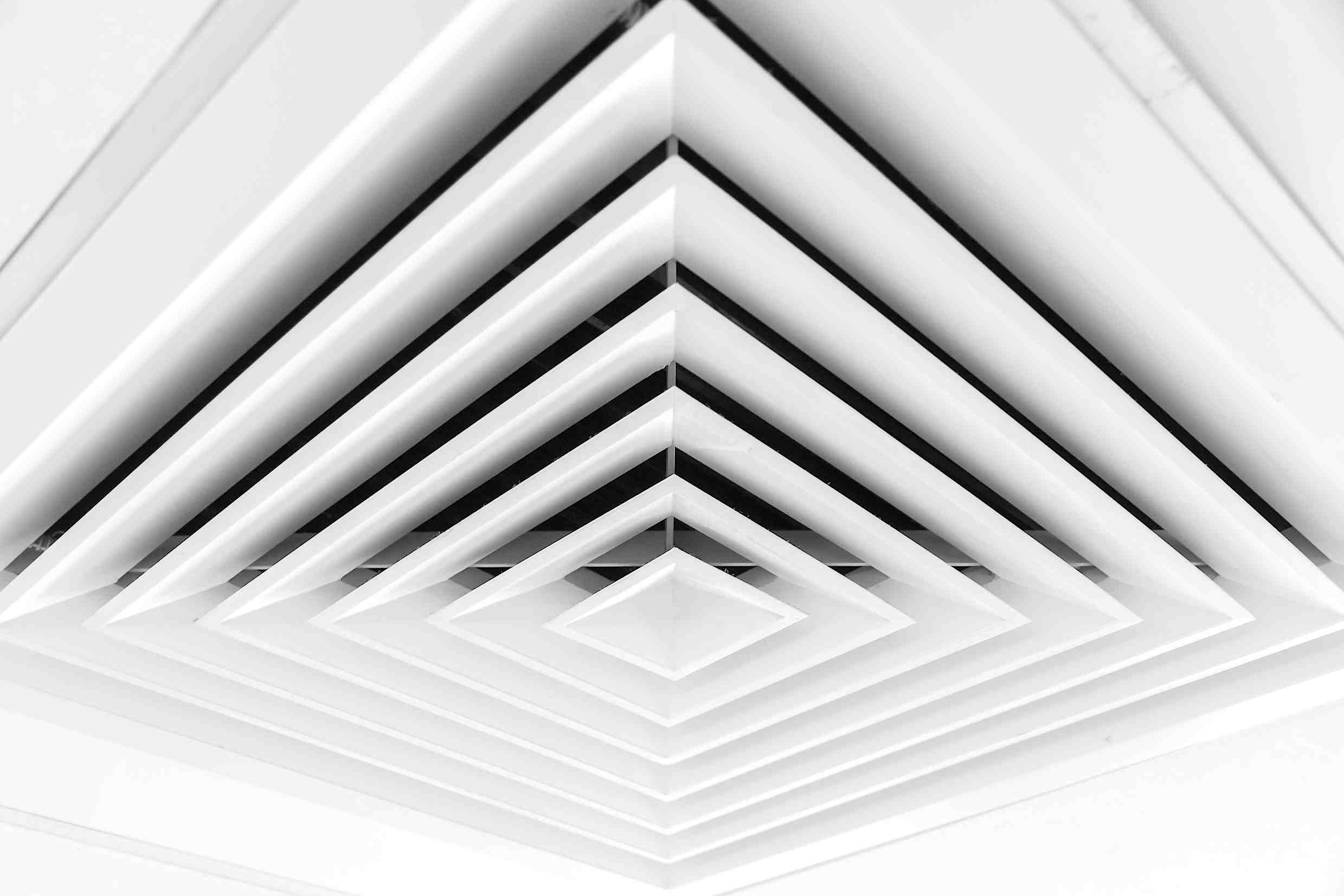Key Takeaways
- Preparing your property for fall before the winter cold sets in will save you time and money come spring.
- Frozen pipes, mold growth, broken HVAC systems, and animal infestation are just a few problems the accompany fall.
- Requiring tenants to check and change the batteries of their smoke detectors is required by law.
Prepare your property successfully with our rental property maintenance checklist:
Any rental property you own should be treated like the investment it is. Subsequently, you need to do everything possible to increase the useful life of the property. Fall will be here before we know it and changes in the weather are expected to impact homes differently across the country. Having said that, there are certain items that need to be addressed with the changing of the seasons. Staying on top of them will save you money in the long run. The work you put in now can reduce the chances of a tenant calling you with any issues that arise later. Here are some basic fall maintenance tips that every landlord needs to add to their property maintenance checklist:
The No-Fail Property Maintenance Checklist
The last thing any rental property wants to deal with when the winter snow melts and the spring flowers bloom are leftover problems that could’ve been easily avoided. Be sure to include these items on your list before saying goodbye to your tenants for the holidays and your pocket book will thank you come spring.
1. Routine Maintenance: When was the last time you were inside your rental property? If you are like most landlords, the answer is probably May or June – when the current lease started. Even if you don’t schedule regular property inspections, you should plan on doing so at least every change of season. Now is the time to inspect all doors, windows and even outlets. These are where you will find any gaps that will let cold air in and increase the electric bill. Replacing the stripping on the windows or sealing any cracks is much easier in October than it is in January. Another popular hidden area for drafts is in the bottom of the doors. These can be easily corrected with an inexpensive door piece sold at most major appliance stores. Go up to your property on the next windy day and feel around for drafts and leaks. You probably didn’t notice these in the middle of the spring and summer, and you can bet your tenants will surely mention them to you come winter.
2. Clean The Gutters: While often overlooked, it is important to clean your rain gutters. Get a jump on this now so you don’t have to do everything again when it is much colder outside. Cleaning your gutters is only part of what you need to do, however: while you are up there take a look for any leaks or cracks. If there is a loose connection along the gutters now is the time to repair it. It is also important that the downspouts are far enough away from the house. If not you run the risk of pumping all the water right back into the property, and will increase the chances of flooding. Cleaning and treating the gutters is much easier now than it has been in years past. With a strong leaf blower, you can get leaves and debris off the roof and gutters in a matter of minutes.
3. Tree Maintenance: All it takes is one bad storm to completely change your fortunes. If your property is located anywhere along the Northeast, you face several different types of weather challenges. Not only do you get rough winters, but you are not out of the woods for coastal storms. As crazy as it may sound, the wind, rain or snow may not be the direct cause of any property damage. Most of the damage is caused by tree branches. While you can’t do anything to prevent a tree from falling, you need to keep your eyes open for any branches that could be a problem. Branches hanging over the house will be an issue when the weather acts up. It is far less expensive to deal with these now, before they break a window or damage the roof.
4. Furnace Maintenance: Many tenants will turn their furnace on at some point during October. Fortunately, routine maintenance can extend the life of a furnace. The first thing you need to do every year is change the filter. This takes about five minutes, and will help keep the unit running efficiently all year. You should also have a professional take a look at it. Tuneups are never a bad idea every other year.
5. Winterize The HVAC Unit: Even though summer held on through most of September, we are finally starting to see a cool down. This should put an end to the use of central air until next year. To preserve the life of the unit, you should winterize it at the end of summer. Additionally, you should cover the exterior unit to prevent snow and cold from seeping in.
Most of these items can be taken care of in a relatively short period of time. On the surface, they may not seem critical for the property, but each has a much bigger impact than you may think. For the minimal expense it takes to complete this fall maintenance checklist, it is well worth it.
Have you taken other precautions when preparing your property for fall? What other tasks would include on your property maintenance checklist? Share your answers in our comments below!

